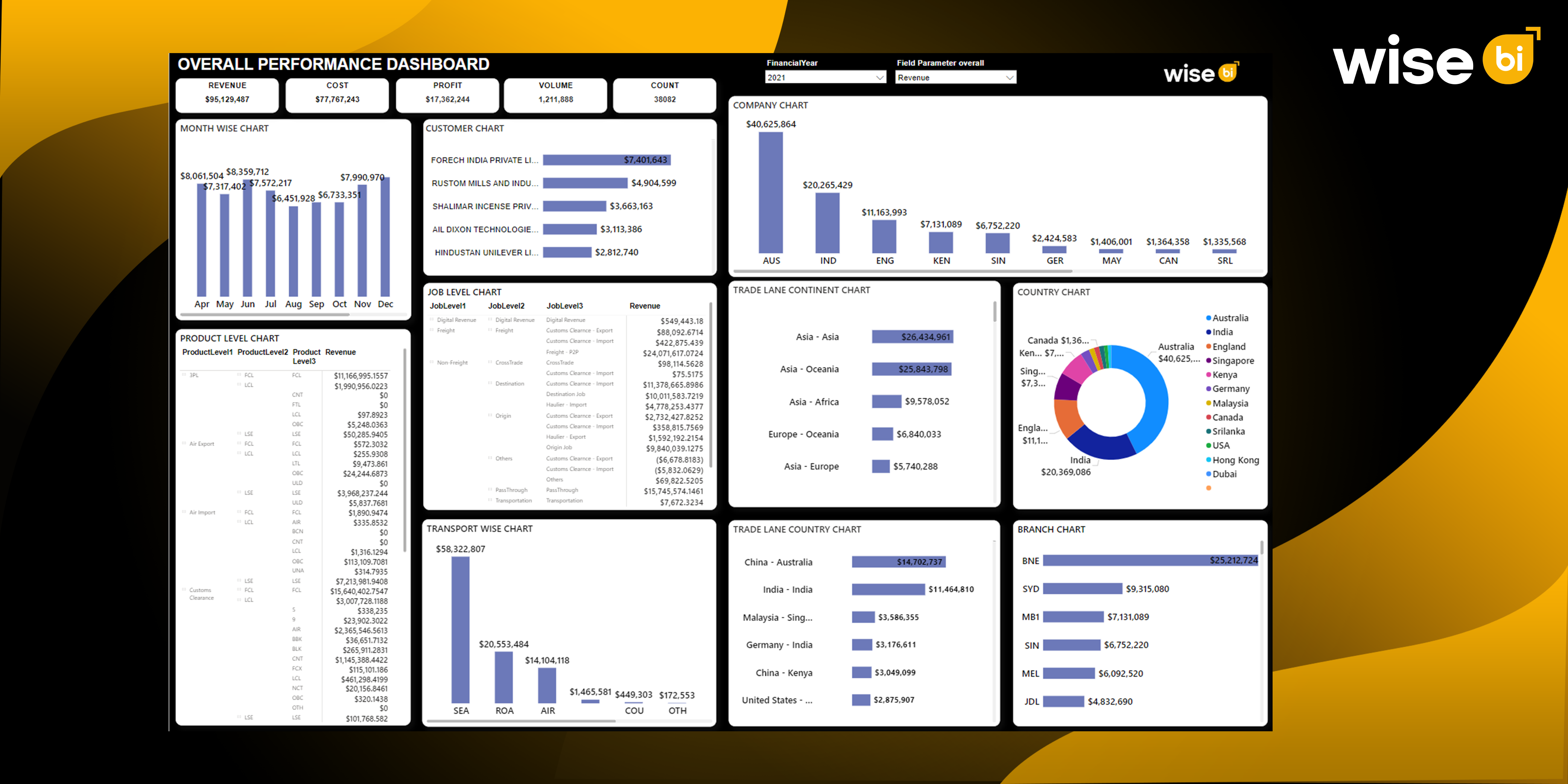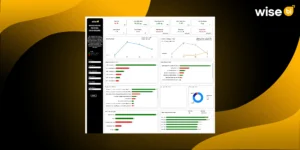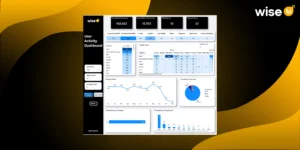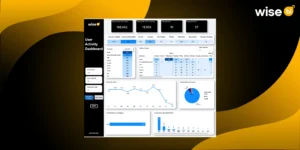Did you know that in recent surveys, the majority of businesses specified client retention as a significant focus area due to the high costs of gaining new customers? Customer loss or churn is a big issue in today’s business as customer acquisition is way costlier than customer retention. This is why customer retention has emerged as one of the important areas of focus for several organizations at the moment.
This policy involves the application of Business Intelligence (BI) tools like CargoWise in the identification, monitoring, and management of customer retention. BI tools are very useful for analyzing client habits, and businesses may use the insights gathered from the BI tools to minimize attrition, and increase loyalty.
Understanding Customer Attrition and Retention
Customer Attrition
Customer attrition or customer churn is the rate at which clients are lost over a specific period. It may occur when a customer stops purchasing from a business, moves to a rival, or severs their relationship completely. Due to the effects that attrition has on a company’s revenues and market position, it is considered to be one of the vital performance indicators.
Customer Retention
Customer retention, in contrast, deals with efforts and tactics that are applied to maintain customers within a business. It is all about the inception of long-term associations where they attempt to go as far as making sure that people do not spend around for other services or products. Low customer turnover rates show that the customers are happy and willing to continue using the services of a firm, which is crucial for long-term business development.
Key Metrics to Track Customer Attrition and Retention
To effectively manage customer attrition and retention, businesses need to track specific metrics:
- Churn Rate: This metric is considered an indicator of the number of customers that cease conducting business with a company in a given period. A high churn rate is a sign of customer dissatisfaction or disinterest that needs to be corrected.
- Customer Lifetime Value (CLV): CLV describes the overall amount of revenue a company could generate from a particular client over the lifespan of their interaction. Knowledge of CLV enables organizations to distribute their resources effectively and focus efforts on valued customers.
- Retention Rate: This metric gives the proportion of customers who still patronize a given company at some point in the future. It simply means that consumers are sticking to the company’s brand, meaning their levels of satisfaction are high.
The Role of BI in Analysing Customer Retention
Data Collection and Integration
CargoWise customer analysis integration derives information from a variety of sources, including CRM systems, sales figures, and customer feedback. This integration offers a clear perspective of the customer trend and interaction which allows businesses to monitor the customer’s behaviour patterns.
Real-Time Analytics
To detect patterns and trends of customers, real-time critical analysis of data is essential. BI aids in giving real-time information to such businesses in responding to changes in customer needs or satisfaction levels. Real-time analytics also help to make anticipatory decisions, allowing businesses to avoid problems from arising in the first place.
Visualizing Data
In BI dashboards, the analytical data is presented in graphical formats like graphs and charts, for enhanced understanding. These charts and graphs make it easy for stakeholders to grasp certain measures, monitor their progress, and decide on areas requiring adjustments.
Building Effective Dashboards for Customer Retention
Key Components of a Customer Retention
To optimize customer retention, one should specifically use churn and retention rates, customer satisfaction rates, and engagement levels. These measures give a clear vision of customer loyalty and bring out areas that require attention.
Easy-to-use design
The advantage of an easy-to-use interface is that enables the users to easily utilize the data without having to be trained. Usability is one of the most important benefits related to decision-making, due to clear labelling, logical organization, and the presence of interactive features.
Customization and Flexibility
Every business is peculiar in some ways, and accordingly, the dashboard may be redesigned for certain needs, including the target clients’ segments or the KPI that is important for separate divisions for instance, sales, marketing, and customer support.
Regular Updates and Maintenance
In this dashboard, the information can be regularly updated. This makes the information that is displayed up to date and useful for making business decisions thus the importance of maintaining the system.
Strategies for Improving Customer Retention
Personalization
It has been considered that personalization is one of the effective ways of improving the experiences of the customers. BI tools enable businesses to provide customer-specific services, product suggestions, and messages to acquire their attention. Most customers feel appreciated and recognized when provided with individualized consultations and attention, which leads to repeated purchases.
Customer Feedback and Engagement
The adoption of feedback structures is fundamental in helping determine customer needs and enhance services. By using BI tools, customers’ opinions may be monitored to detect the issues that are reported most often. Interacting with customers through surveys, reviews, and direct communication ensures them that their views are valued thus resulting in their loyalty.
Regular Performance Reviews
Hence, conducting regular retention measurements enables organizations to evaluate the efficiency of the implemented approaches. Although retaining customers is important, constant assessment guarantees that relevant strategies are employed to reflect the state of the market and thus have ideal effectiveness.
Conclusion
Customer attrition and retention are significant challenges that organizations face, including logistics companies, in the marketplace. These dynamics can be understood through the help of BI through CargoWise customer analysis, by which businesses can make accurate decisions aimed at improving customer satisfaction and loyalty. Through these dashboards good customer retention, and crucial aspects of customer retention and loyalty can be set, visualized, and thus managed in efforts to improve the churn rates.
If you’re looking for a dashboard that will help you enhance your customer attrition and retention, contact Wise BI right away for more information.




